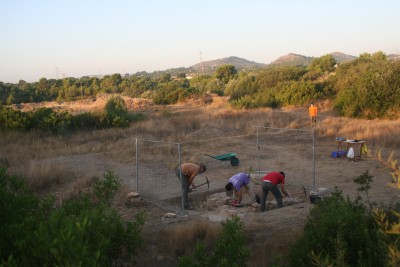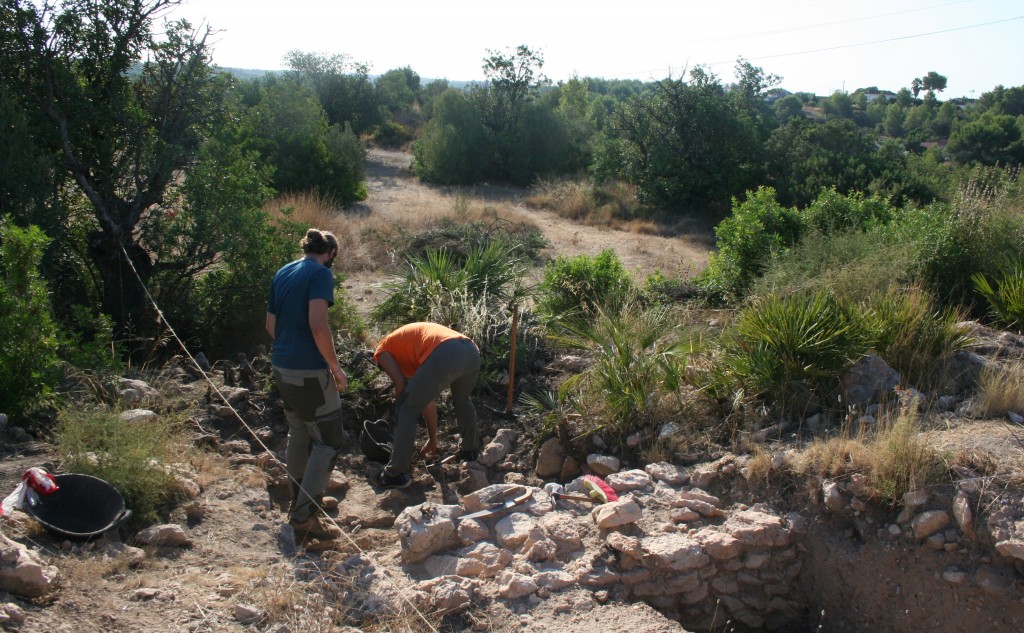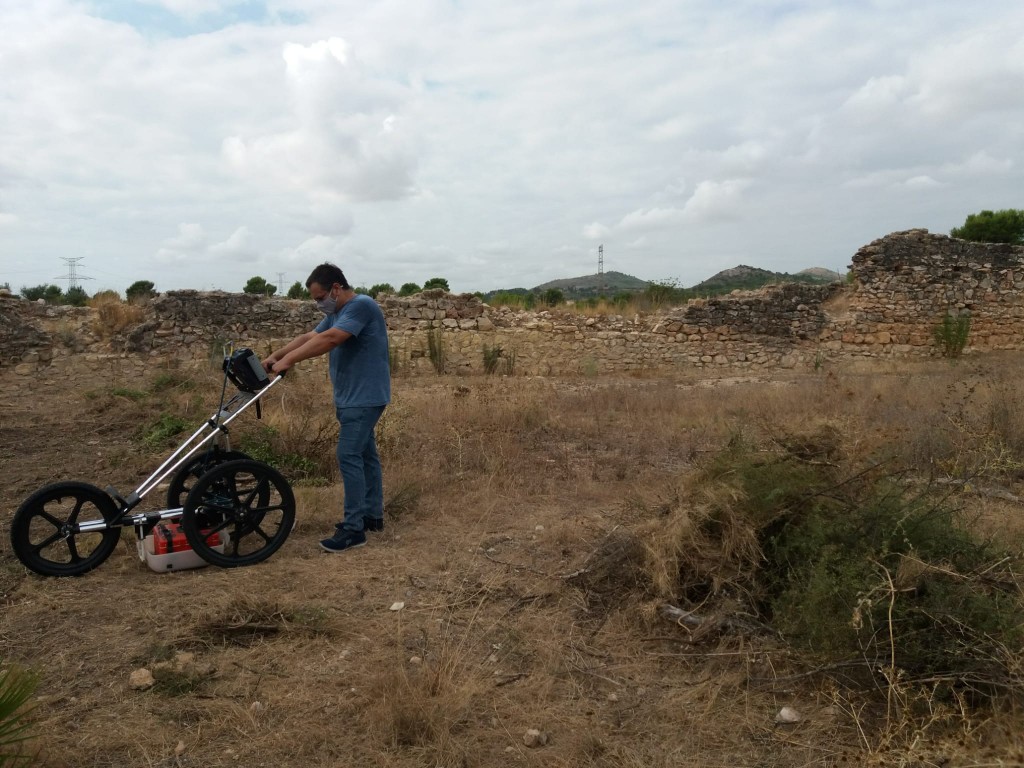
Desde finales de agosto, se está llevando a cabo una nueva excavación arqueológica en la ciudad visigoda de Valencia la Vella (Riba-roja de Túria).
The intervention is part of the research and dissemination project promoted, since 2016, by the Catalan Institute of Classical Archaeology and the City Council of Riba-roja de Túria (region of Camp de Túria, Valencia).
The action is also funded by the Area of Culture of the Diputación de Valencia.
The situation caused by the COVID-19 pandemic has discouraged, this summer, the V edition of the Christian and Visigothic Archeology Course, which this year had planned the participation of about twenty archaeology students and it has been done yearly since 2016.
However, it has been possible to carry out an archaeoogical intervention, led by Miquel Rosselló, Albert Ribera and Josep Maria Macias (ICAC); with the collaboration of Jordi Padin (Universidad Politécnica de Valencia) and the company Global Mediterránea.
This 2020 archaeological excavation aims to improve the knowledge and characterization of the different urban sectors of the city and their terraced structures.
There will also be geophysical surveys to define the characteristics of an extensive archaeological subsoil.

So far, the research project related to the site of Valencia “la Vella” and its archaeological works has identified an ex novo fortified Visigoth city, of almost 5 ha of surface, built in the second half of the 6th century («Archaeological excavations in Valencia “la Vella” (Riba-roja de Túria)»).
The wall of this Visigoth city is today the most relevant element of the archaeological site.
Archaeological works have come to dig 250 m2 and established a theoretic walled perimeter of 981 m, of which 416 have been documented. Many metres remain hidden by vegetation or terraces.
There is been also located the main access to the city and seven towers (researchers work with the hypothesis of a maximum of 25 or 28 towers in the walled perimeter).






